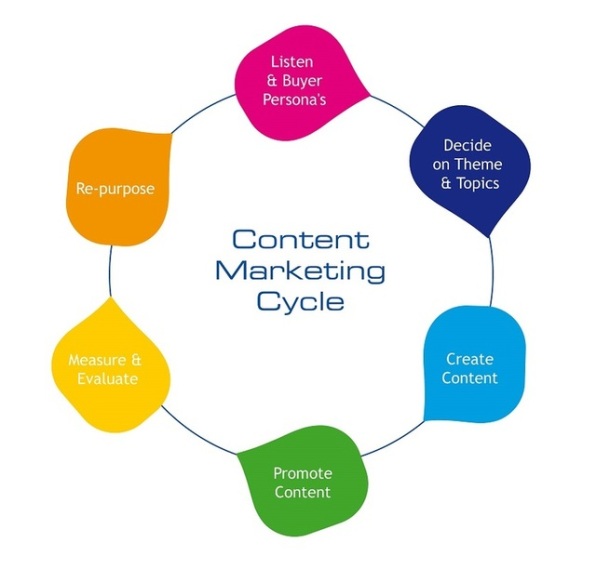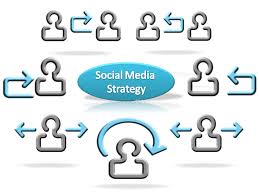Sales training today focuses allot around the use of sales tools, CRM and how to use the social networks to sell. The sales training tips in this article might help the sales team sell better and faster without the hype or jargon that often surrounds sales training.
Sales Training Bad News
When sales people lack training or not briefed properly on how to use the various sales tools effectively, then companies can spend a lot of time, energy and training resources with zero impact on sales results.
Sales Training Good News
A well structured, social network geared sales training program supported by a culture of learning will cultivate sales team that are willing, eager and ready to use new sales tools and understand the product (s) to market fit.
Supporting the Sales Strategy
Most sales management and sales leaders have been to the annual sales strategy meeting where the VP of sales or CEO outlines improving sales performance as a core strategic initiative for the next year, and all departments from marketing to finance are directed to help sales achieve the goals set.
A sudden surge of energy and activity happens to meet the goals and sales objectives. The product team has plans for new and better margin products; marketing has plans to create new content marketing tactics, product positioning, white papers, collateral and lead generation activities that will drive higher volumes of leads to the sales team. Sales management starts to put initiatives in place to optimize sales coverage by region or segment. In fact the entire company is doing their part in supporting the new re-energized sales effort.
Believe it or not but this type of top down directed activity can easily result in costly and wasteful effort that only confuses the sales people and even customers.
It is the gift of any CEO to set strategic goals for sales. Whether they are realistic or stretched it is the role of sales management to ensure sales training and the sales training process reflects the reality of the markets and the buyer’s journey. Even with the new surge in activity around the company, remaining locked –on to sales training that moves the dial on sales behaviour. This is what will help the sales team meet the needs of customers or buyers in today’s digital influenced world.
The goal of any sales training is to help the sales team to sell more and sell more often. To drive up sales values and drive down the sales cycle the sales behaviours must change, which does require work and constant re-evaluation. However when the sales team is successful in increasing the top line revenue or margin then the rewards are worth the effort.
Most Sales Training Does Not Work.
According to sales research from Forrester:
65% of buyers “almost always” or “most of the time” choose suppliers who work with them to extract value from a vision.
80% of buyers will spend more money with companies who understand their business.
So what does this mean?
85% of buyers now find meetings with sales people from new suppliers ineffective!
56% of buyers say that companies, who understand their business and are focused on helping solve identified problems, are more strategic.
How can your sales organization change behaviour to improve a team’s productivity and help clients see a clear path to value?
Excellent sales training coupled with sales enablement tools (customer insights,
social selling tools, big data) can be the cornerstone for companies to hit and exceed the sales targets and fulfilling the buyer’s needs.
SALES TRAINING TIP 1
Too often the vast majority of sales training centres on a onetime event. This could be new sales hire on boarding or else maybe at the annual sales kickoff. Then the sales people are back in their sales roles and focused on generating revenue, meeting or exceeding sales targets.
The results for this type of sales training programs speak for themselves; sales teams who participate in ongoing sales training are more effective than those sales teams who receive occasional training. Why? Research shows 84% of sales training content is forgotten within thirty days, so ongoing training ensures the sales teams are buyer ready as they engage with customer conversations.
Sales people receive an average of 31.5 hours of training a year, and 63% of sales people say it is not enough and in employee surveys state that the biggest need for investment within their company is ongoing coaching. Source: Association for Talent Development
Also the employee surveys also point out the need for updated training materials. 62% of training sales professionals say their companies sales training materials should be updated every 3-6 months in keep pace with developments, but 42% of sales trainers say that their sales training content gets updated only once a year.
As the buyers journey is changing rapidly and impacting the purchasing cycle, leaving the sales training program the same for a year or more creates a vicious cycle: outdated sales messaging can cause confusion to the sales team causing sales to be out of the loop when trying to engage buyers for the products and services being sold.
Sales like sport works on “practice makes perfect” and ongoing training bridges the knowledge gap between yearly sales kickoffs and daily job performance. Due to the impact of the social networks on the buying process, data shows that many sales teams are coming into the buyer’s journey too late and with unsuitable solutions. For a sales person being knowledgeable about a company is just one part of sales training, the other part is communicating the sales messages and having the skills to get the sale by getting in front of the buyer early. This is where new sales tools, like social media lead generation, data insights and social selling are helping sales teams get buyer ready. Growth focused companies are blending ongoing sales training with the latest sales tools.
Any and all sales managers should step up the effort for ongoing and updated sales training. As few as 32% of companies describe their sales training programs as “effective” and 48% of sales trainers state their companies sales training content is not engaging. In fact 25% of sales trainers say the training content does not match the sales teams need for multi-channel selling. The sales training tip is to improve ongoing training, improve content and improve knowledge.
SALES TRAINING TIP 2
Do not substitute sales training time by just providing more sales enablement tools. Sales enablement is all about arming the sales team with tools to improve sales execution and drive revenue. Sales enablement tools and content sharing tools are now valuable resources that help sales move the selling process along. Sales enablement tools are now an essential part of the selling kit but just equipping people with tools is not enough.
Sales enablement tools are designed to give sales people the ability to engage buyers in valuable and relevant conversations based on data gathered. But true sales success is more than a great set of tools. When the sales teams are not properly trained and not skilled in using the sales tools appropriately, companies can invest a lot of time, resources and money to accomplish little return.
So think “cart and horse” or “car and fuel”, it takes one to move the other. Ongoing and regular sales training builds the knowledge and skills that when combined with sales enablement tools will build an effective sales team.
It is the responsibility of the whole company to enable the sales team. So without the resources to an ongoing sales training program, any strategic sales initiative is likely to end up another top down directed activity with limited sales metric improvement.
Original article source:
Sales Training Tips – The Bitter Business




